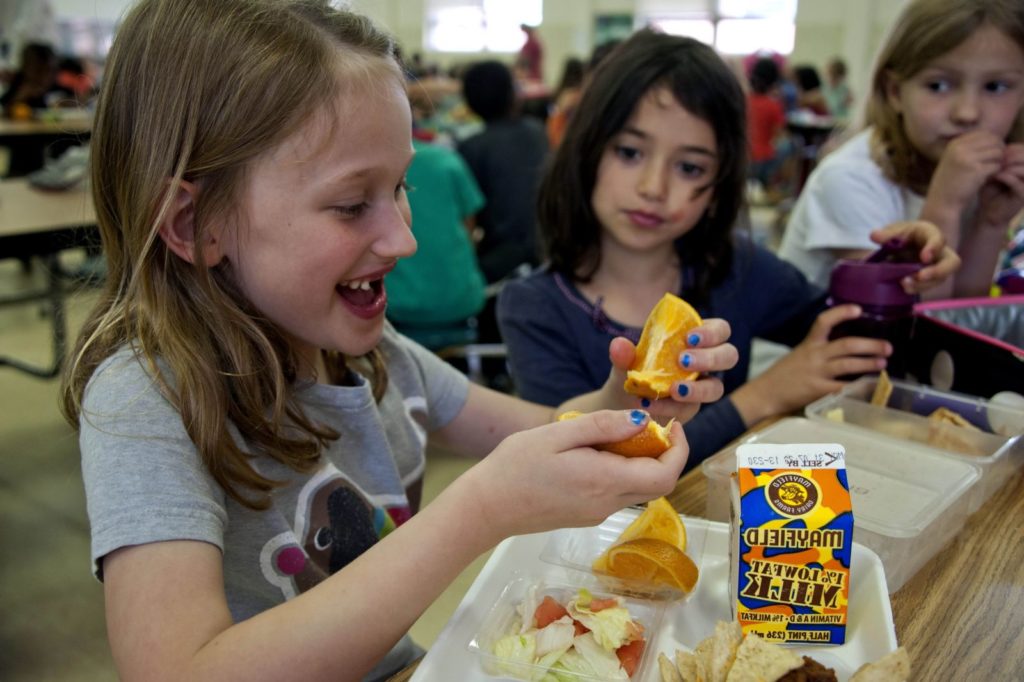 We all want the best for our kids and a healthy lifestyle contributes significantly to their development and ability to realize their full potential. But what do they eat when they are out of your sight.
We all want the best for our kids and a healthy lifestyle contributes significantly to their development and ability to realize their full potential. But what do they eat when they are out of your sight.
Stocking the pantry with healthy snacks and carefully planning nutritious meals at home is a good basis, but only goes so far. Meals at school can be a concern at various levels. If you pack a meal for your child, it’s no guarantee they’ll actually eat it. They may trade with friends for less healthy options or feel isolated among their peers. If they eat school lunches, you may have little or no control over how healthy and balanced is the food available to them.
School lunches can vary dramatically by school, region, and even country. Some schools in America place too much emphasis on cheap starches and over-processed ingredients to produce large volumes quickly and at low cost, with too many kid-friendly items like fries.
Other schools do much better with a balanced plate, offering higher portions of meat protein and vegetables. Similarly, schools in China and Japan may feature a high proportion of rice to vegetables or protein. Hong Kong international schools offer more nutrition-aware meal plans that offer parents more control. Schools in France and Finland tend to offer a lower proportion of starch and more sophisticated flavours, while institutions that focus more on nutrition and healthy eating patterns are starting to involve children in growing, harvesting and preparing vegetables, and are informing parents about their food.
To make sure your child eats a well-balanced diet when at school, a good starting place is to take the initiative to teach them about nutrition and healthy living. Involving children in menu planning, shopping and food preparation early, while explaining why and how some choices are better than others can help them invest in better choices. Giving them some choices and control at home, allowing them to pick a treat or dessert for instance, can also help them make more responsible choices at school. Setting restrictive eating rules that are rigidly enforced at home can have the opposite effect, making children more likely to binge on forbidden treats when given the opportunity
Of course, if there are few or no healthy choices available to your child, they can hardly put at-home teaching about a healthy lifestyle to use. If your school offers a lunch program, you can get in touch with the school administration to learn more about what’s on offer, visit your child’s school at lunch to see firsthand what’s available, and advocate for healthier, more appealing or higher-quality choices if necessary.
A good school will be aware of meal nutrition and quality, but a little extra oversight and the knowledge that parents are aware and do care about school lunch offerings can be motivation for a school that’s been getting lax about its meal. If necessary, concerns about clearly underperforming meal programs can be escalated to a school district for further follow-up.
Nutrition is a key component in healthy child development. Ensure your child has a balanced diet wherever they are by teaching them about nutrition and healthy choices at home, talking them through healthy decision-making in your own life, and then providing or monitoring good meal options at school.
